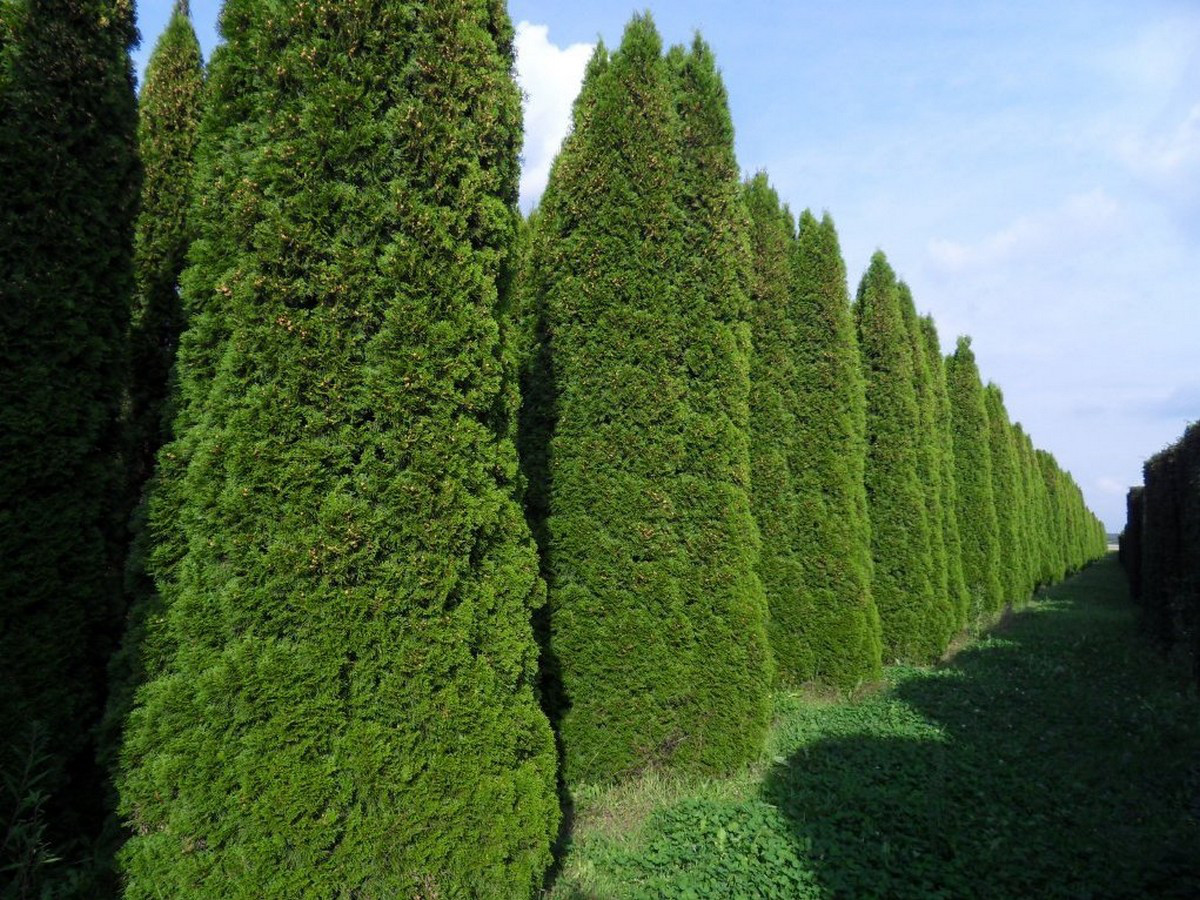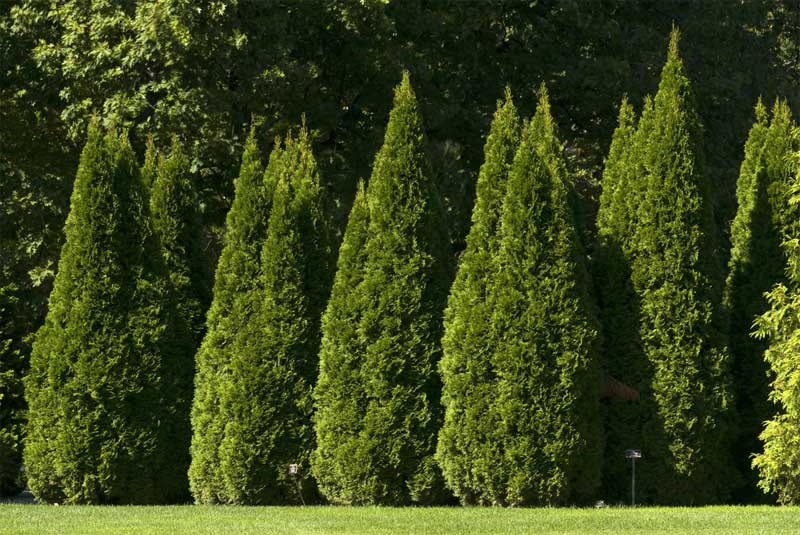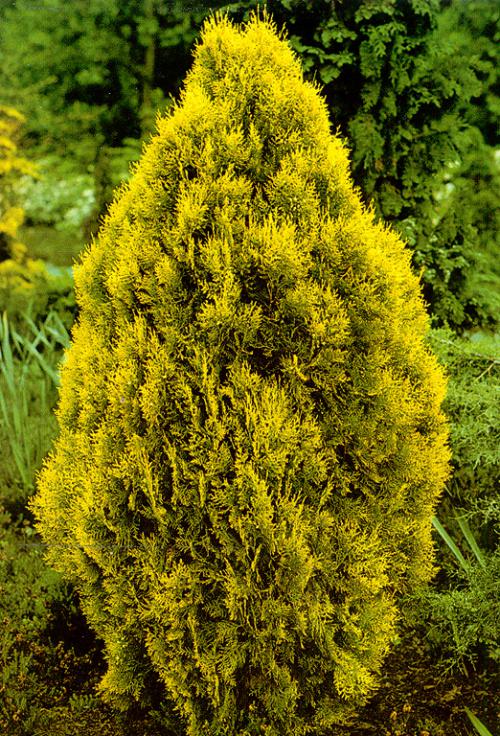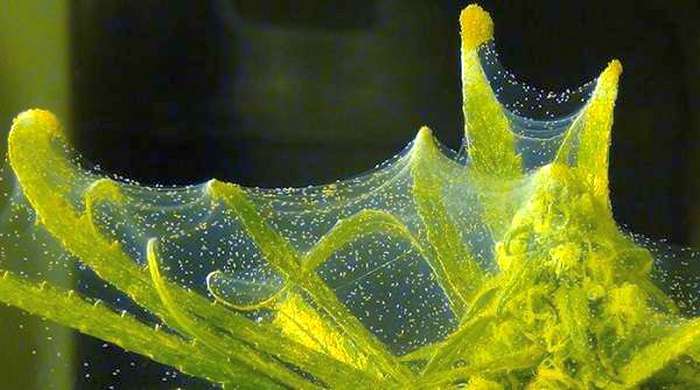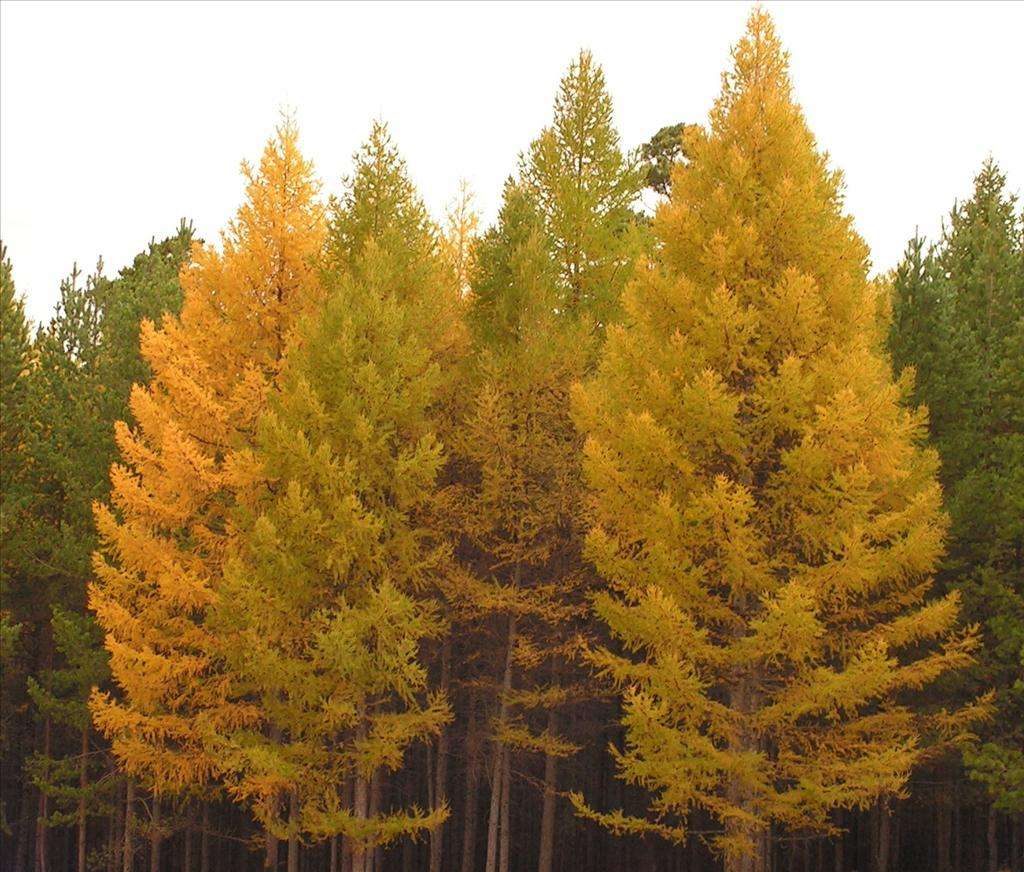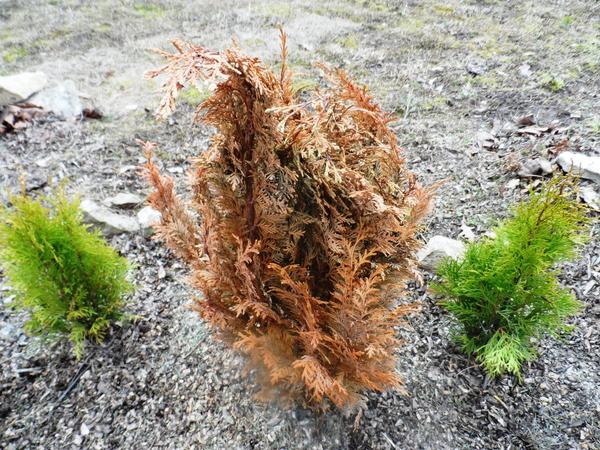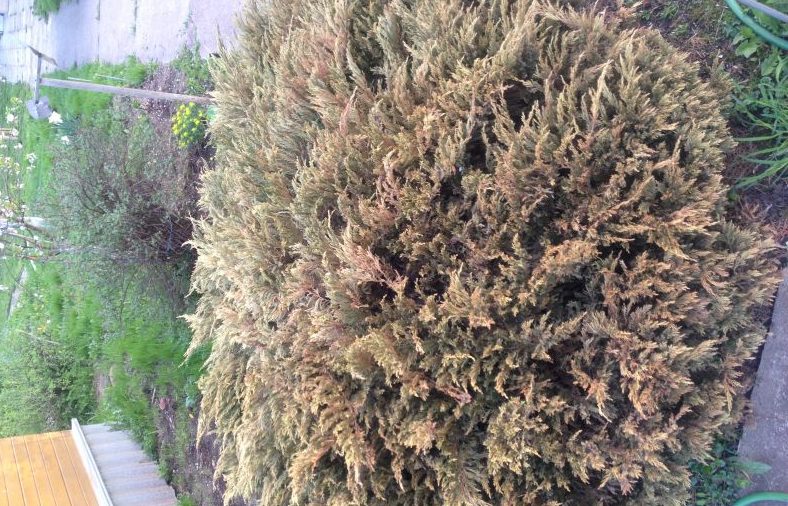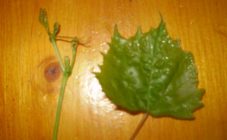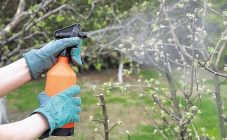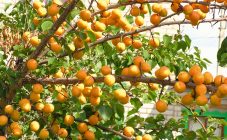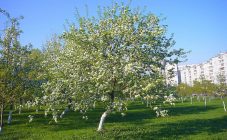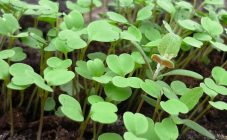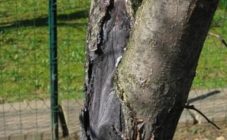Content:
Thuja is a plant of the Gymnosperms genus, the Cypress family, an evergreen shrub, in exceptional cases a tree reaching 7 meters in height, trunk girth - from 2.5 meters. The leaves of young plants are soft, needle-like; in older plants, they are opposite, scaly leaves.
The plant is monoecious, not demanding in cultivation, it perfectly tolerates severe frosts, poor ecology of industrial cities. Thuja is grown in gardens, in the country, on city streets and parks, at home.
In nature, there are 6 main types of thuja, there are a lot of varieties of it (more than 120 varieties), each of which is beautiful and unique in its own way.
Possible causes of yellowing needles
Problems such as a change in the color of needles, the appearance of an ugly yellow or brown color are not uncommon in growing this plant. The question of why thuja turns yellow in summer and what to do worries many gardeners. The appearance of yellow needles signals a problem, and if you do not start eliminating it in time, the tree will begin to dry, drop the needles and then completely die.
It is important to understand for what reasons the thuja dries what to do at the same time.
Lack or excess of light, moisture
With a sharp change of residence to more sunny areas, if the seedling previously grew in a dense planting or in a shaded place, the appearance of yellowness in the plant in the first couple of days is inevitable.
A thickened planting of thuja can cause yellowing of foliage on a volumetric scale, the contact area of the foliage of neighboring bushes, as well as lower branches that lack sunlight, turn yellow.
Perhaps the thuja has turned yellow due to insufficient watering, which, absolutely, like excess, negatively affects the needles. The high occurrence of groundwater, which negatively affects the root system, causes sticking, decay of roots and, as a result, yellowing of foliage.
Lack of nutrients in the soil
Iron deficiency in the soil can lead to yellowing or even whitening. Lack of nitrogen is manifested by the appearance of various kinds of spots: yellow, brown, brown or whitish. Lack of phosphorus is reflected by the appearance of a red-violet tint on the needles.
If you plant plants too close to each other, there is a deficiency of nutrients, since the powerful root system of each of them "pulls on itself."
Perhaps there is not enough space for the overgrown root system of the plant. Often this situation occurs 5-7 years after planting.
Yellowing before molting
The needles are able to turn yellow before "molting" - this process is not annual, during which the tree sheds part of the old needles. The needles that have outlived their life (3-6 years, depending on the species) are distinguished by yellowing coming from the inside: from the trunk and skeletal branches to the outer parts of the crown, it is hardly noticeable and does not have a massive character, this usually happens in late autumn.
Pests
Aphid
The appearance of this pest is also characterized by yellowing of the foliage, its drying and falling off. If you do not start the fight against aphids in time, the whole tree will die.
Thuvaya miner moth
In addition to yellow needles, dead apical shoots signal about this pest. The larvae of the parasite eat out peculiar moves in the shoots and foliage.It is easy to find a mole, it is enough to carefully examine the gnawed holes.
Spider mite
When infected with a tick, individual thuja needles are covered with yellowish spots, over time they turn red, turn brown and fall off. The needles are covered with small cobwebs, especially by the end of summer.
Leaf roll
Thuja needles, damaged by the larvae of the gray larch leafworm, turn yellow.
Thuy bark beetle
Yellowed needles can signal a defeat by the thuja bark beetle, or by the Crimean thuja bark beetle. Its presence is revealed by the presence of inlets in the bark and passages on the wood.
Diseases
Plant diseases occur, as a rule, with improper care. Thuja is often susceptible to fungal diseases. In a diseased plant, the needles begin to turn yellow and fall off.
If in the spring the needles have turned yellow or acquired a bronze tint, then perhaps this is just a natural process of needles renewal and color change when the seasons change. If, in addition to the needles, the shoots also have an abnormal appearance, then, most likely, this is some kind of problem.
For example, varieties of thuja western and folded for the winter acquire a golden-bronze color, such yellowing is not a pathology.
There are also varieties with yellow needles from nature: thuja western Danica Aurea, Sankist, Clot of Gold.
Disease prevention
Often, thuja is susceptible to fungal diseases (brown shoots, rust, shute, late blight), the fight against which involves the use of antifungal agents (Fundazol, HOM, Topsin-M). Some diseases, for example, phytophthora, are useless to treat, the plant is dug up and burned. The following preventive measures help to avoid infection with various diseases or significantly minimize the risks of their occurrence:
- correct watering, which depends on the climate, soil and age of the plants;
- timely feeding (mineral and organic fertilizers);
- protection from sunburn;
- regular pruning and removal of diseased shoots in the spring;
- systematic loosening and disinfection of the soil of the trunk circle;
- weed removal;
- winterization of young seedlings.
Restoration of dried thuja
If the thuja has turned yellow, what to do, how to revive it? You can help the plant if the foliage is completely or partially dried up, and the root system is functioning. If the root is dead, then no way to save the thuja will help.
To begin with, each branch of the tree must be carefully checked whether it is alive or not, for this it is bent in different places: live - elastic, dead - dry and brittle. The damaged ones are removed, the sections are smeared with pitch.
A dried plant should be sprayed daily with water with the addition of Epin, an excellent preparation for improving the immune system. The solution is sprayed directly onto the crown. Depending on the scale of the affected area, spraying is carried out every day, or once a week.
The street plant is covered with lutrasil, to protect it from sunlight and excess moisture evaporation, directly in the summer. If this is a houseplant, then the pot with it is installed in a mini-greenhouse.
If a young tree has dried up, transplanting will help - perhaps the reason for the extinction of the plant in the wrong place, soil. During transplantation, the root system is examined for possible affected, rotten roots. If necessary, treat with Kornevin.
Resuscitation of a dried thuja takes a long time, the plant can recover for several years.
Leaves dry: causes and their elimination
If the thuja turns yellow and dries up, it is necessary to decide what to do, how to help, as soon as possible, otherwise the plant may simply die. The first step in solving a problem is to establish the root cause.
There are a lot of reasons why thuja dries:
- pests;
- illness;
- burn;
- excess of applied fertilizers;
- insufficient or excessive watering;
- poor care.
The fight against them is as follows.
Special chemicals are used against pests. If the thuja is infected with a false shield (small insects of 3-5 mm, located on the back of the needles, cause the plant to dry out and wilt), apply the Commander, Champion, Decis. For spider mites use Aktofit, Aktellik.
Diseases in which thuja is capable of drying out and withering: late blight, brown shoots and fusarium. With late blight, there is no chance of a cure; fungicides are used for prevention. Drying and subsequent dying off occurs with brown shoots, while the affected areas are eliminated, and the tree is systematically sprinkled with limestone, in order to prevent it from mid-June to the end of September, the tree is sprayed with foundation. Watering under the root of a 0.2% solution of foundationol helps against fusarium.
If you do not eliminate the cause of the burn, in which the needles become brown, then over time, most of the plant can dry out. The following protective measures are taken:
- the near-trunk circle is covered with peat chips and ash, to reduce the reflection of sunlight;
- the use of special tools to obtain shading.
When overfeeding thuja, there is practically no way to help, you need to wait a while and until you stop fertilizing the plant.
Thuja dries up how and what to do with this - this is a question that needs to be raised at the very initial stages of plant damage. Large foci of yellowed or dried needles cause enormous damage to the entire plant, and, perhaps, no rescue manipulations will help. The main thing is to provide thuya with proper, complete care, then such a problem as yellowing of the needles will never appear.
